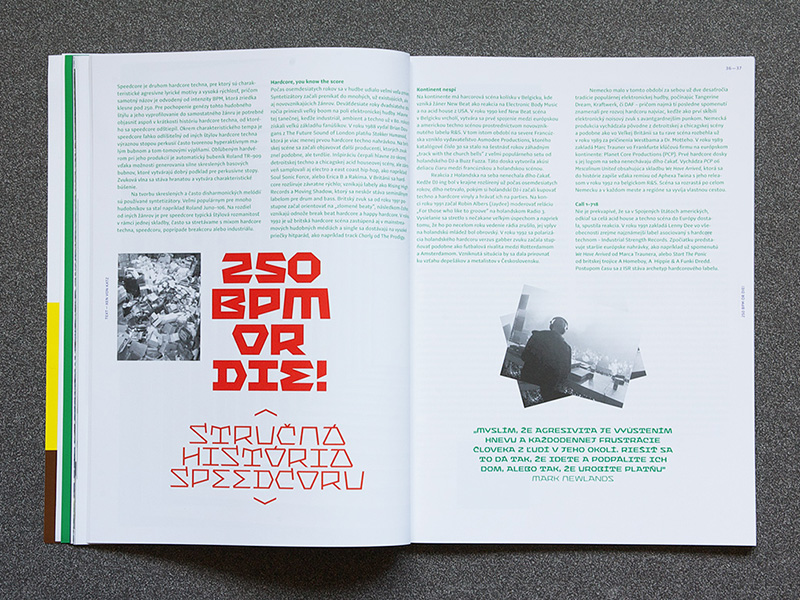- Bismuth
-
LIVELight
-
04:39Regular
-
Laws
of
ThermodynamicsRegular - Thin 33 px
An exoplanet planet is a planet outside the Solar System. The first confirmation of detection occurred in 1992. As of 1 October 2022, there are 5,197 confirmed exoplanets in 3,833 planetary systems, with 840 systems having more than one planet. Claims of exoplanet detections have been made since the nineteenth century. Some of the earliest involve the binary star 70 Ophiuchi. In 1855 William Stephen Jacob at the East India Company’s Madras Observatory reported that orbital anomalies made it “highly probable” that there was a “planetary body” in this system.
Black 33 pxAn exoplanet planet is a planet outside the Solar System. The first confirmation of detection occurred in 1992. As of 1 October 2022, there are 5,197 confirmed exoplanets in 3,833 planetary systems, with 840 systems having more than one planet. Claims of exoplanet detections have been made since the nineteenth century. Some of the earliest involve the binary star 70 Ophiuchi. In 1855 William Stephen Jacob at the East India Company’s Madras Observatory reported that orbital anomalies made it “highly probable” that there was a “planetary body” in this system.
- 100Hair200Thin300Light400Regular500Medium600Bold700Heavy800Black900Ultra950Symbols
-
-
Neon echoes reflect off broken dreams, as rusted cyborgs hum mournful lullabies.
Regular 50 px -
Landform
Classification
MethodsRegular - 100 HairPolycarbonate200 ThinPolycarbonate300 LightPolycarbonate400 RegularPolycarbonate500 MediumPolycarbonate600 BoldPolycarbonate700 HeavyPolycarbonate800 BlackPolycarbonate900 UltraPolycarbonate950 SymbolsPolycarbonate
-
FAQLight
-
100e200e300e400e500e600e700e800e900e950e
Bismuth used in 3/4 by Marek Chmiel, 2013.
-
Realms
of
ImaginationHeavy - 950 SymbolsMetalic Alloy100 HairChemical Composition900 UltraHigh-Quality Steel Production200 ThinMeticulously crafted products tailored to meet
the exacting requirements of various industries. - Light 41 px
Un planeta exoplaneta es un planeta fuera del Sistema Solar. La primera confirmación de detección ocurrió en 1992. Al 1 de octubre de 2022, hay 5197 exoplanetas confirmados en 3833 sistemas planetarios, con 840 sistemas que tienen más de un planeta. Las afirmaciones de detecciones de exoplanetas se han hecho desde el siglo XIX. Algunos de los primeros involucran a la estrella binaria 70 Ophiuchi. En 1855, William Stephen Jacob, del Observatorio de Madrás de la Compañía de las Indias Orientales, informó que las anomalías orbitales hacían "altamente probable" que hubiera un "cuerpo planetario" en este sistema.
Medium 41 pxUn planeta exoplaneta es un planeta fuera del Sistema Solar. La primera confirmación de detección ocurrió en 1992. Al 1 de octubre de 2022, hay 5197 exoplanetas confirmados en 3833 sistemas planetarios, con 840 sistemas que tienen más de un planeta. Las afirmaciones de detecciones de exoplanetas se han hecho desde el siglo XIX. Algunos de los primeros involucran a la estrella binaria 70 Ophiuchi. En 1855, William Stephen Jacob, del Observatorio de Madrás de la Compañía de las Indias Orientales, informó que las anomalías orbitales hacían "altamente probable" que hubiera un "cuerpo planetario" en este sistema.
- Regular 47 px
Die Erde ist der dichteste, fünftgrößte und der Sonne drittnächste Planet des Sonnensystems. Sie ist Ursprungsort und Heimat aller bekannten Lebewesen. Ihr Durchmesser beträgt mehr als 12.700 Kilometer und ihr Alter etwa 4,6 Milliarden Jahre. Nach ihrer vorherrschenden geochemischen Beschaffenheit wurde der Begriff der „erdähnlichen Planeten“ geprägt. Da die Erdoberfläche zu etwa zwei Dritteln aus Wasser besteht und daher die Erde vom All betrachtet vorwiegend blau erscheint, wird sie auch Blauer Planet genannt. Sie wird metaphorisch auch als „Raumschiff Erde“ bezeichnet.
Bold 47 pxDie Erde ist der dichteste, fünftgrößte und der Sonne drittnächste Planet des Sonnensystems. Sie ist Ursprungsort und Heimat aller bekannten Lebewesen. Ihr Durchmesser beträgt mehr als 12.700 Kilometer und ihr Alter etwa 4,6 Milliarden Jahre. Nach ihrer vorherrschenden geochemischen Beschaffenheit wurde der Begriff der „erdähnlichen Planeten“ geprägt. Da die Erdoberfläche zu etwa zwei Dritteln aus Wasser besteht und daher die Erde vom All betrachtet vorwiegend blau erscheint, wird sie auch Blauer Planet genannt. Sie wird metaphorisch auch als „Raumschiff Erde“ bezeichnet.
-
Hair
Bismuth used in Peeksteep by Gediminas Sáulis, 2015.
About
Expressive angular display typeface with sci-fi character in nine weights.
Bismuth is a simple versatile multi-purpose display typeface with nine weights. Both the upper and the lower case are capitals — the paired letters (Aa, Bb, etc.) differ in construction but keep the same width. The width is also consistent across all weights, making the fonts easily interchangeable.
The nine styles are accompanied with a free font called Symbols which contains more than 100 various arrows, symbols and patterns for even more striking display typography.
| Styles: | 10 |
| Blocks: | Basic Latin, Extended Latin |
| Languages: | 100 |
| Glyphs: | 380 |
| Figures: | Proportional Lining (Default), Slashed Zero |
| Features: | Discretionary Ligatures, Slashed Zero, Ordinals |
| Version: | 1.0 |
| Copyright: | Bismuth, Ondrej Jób © 2012. All rights reserved. |
| Release Date: | Jan 31 2012 |





